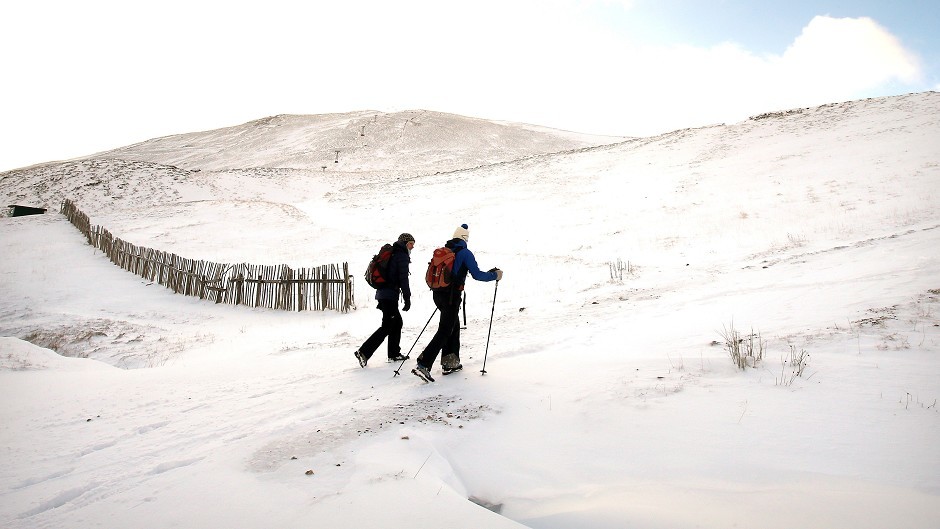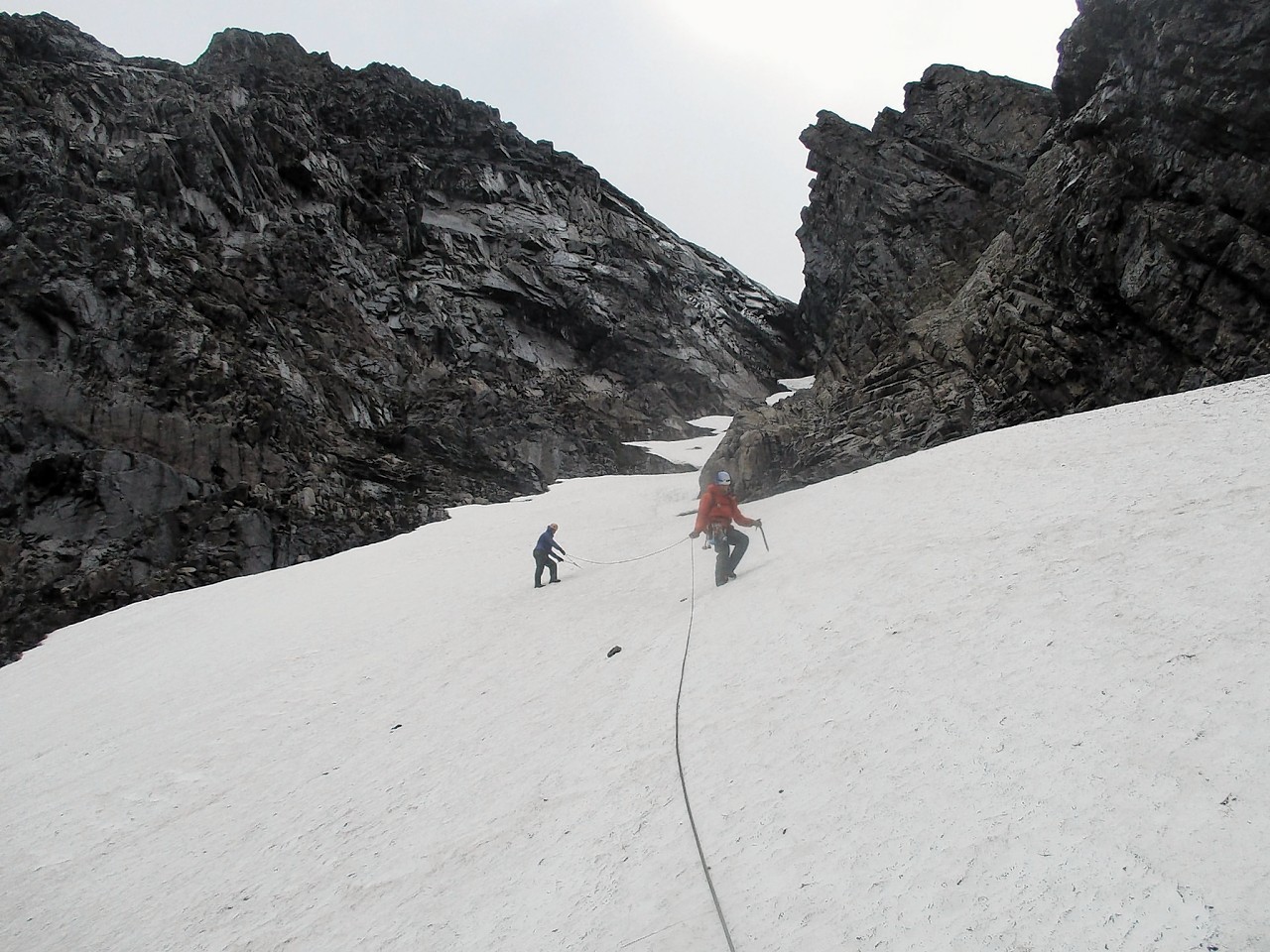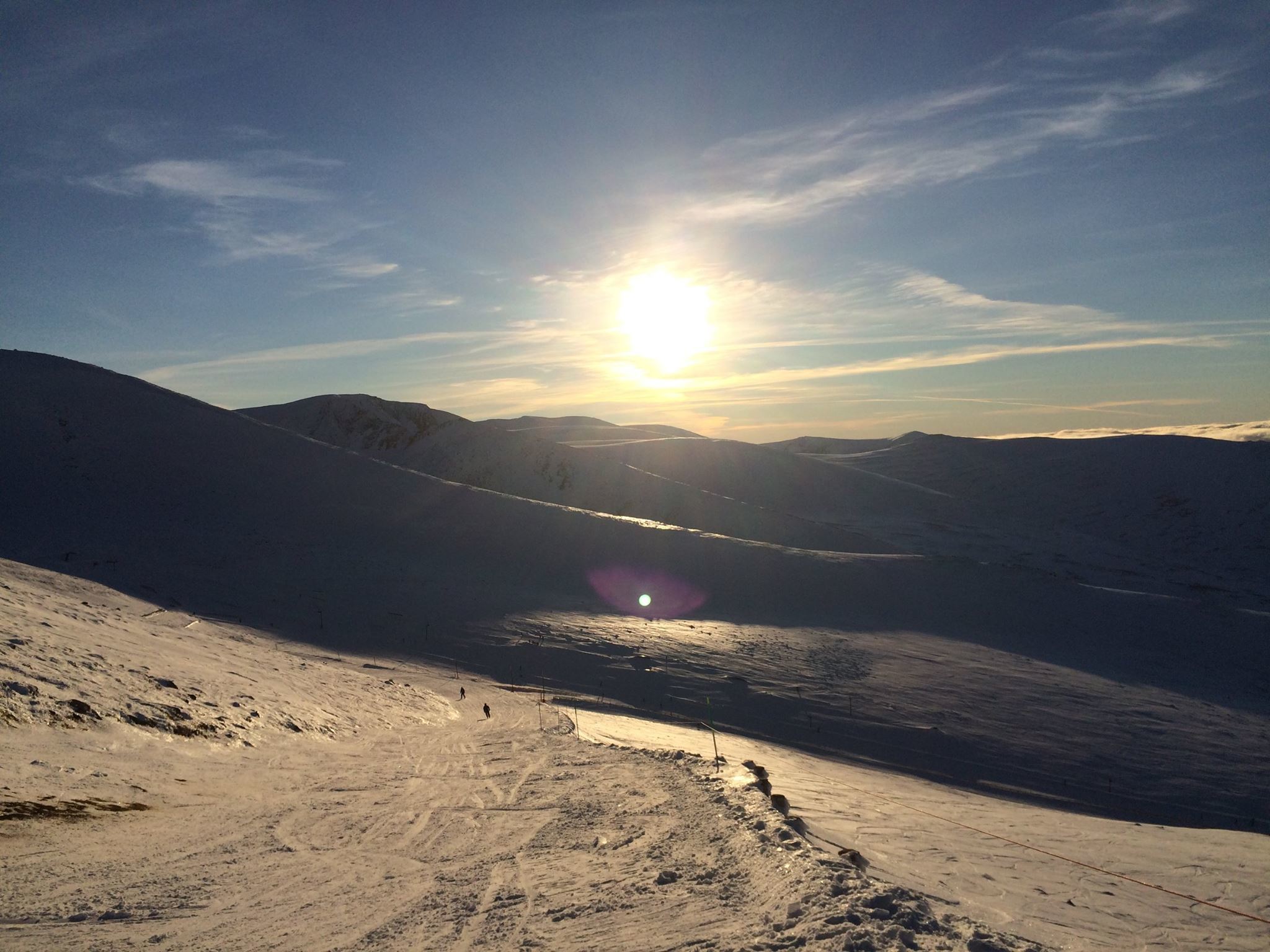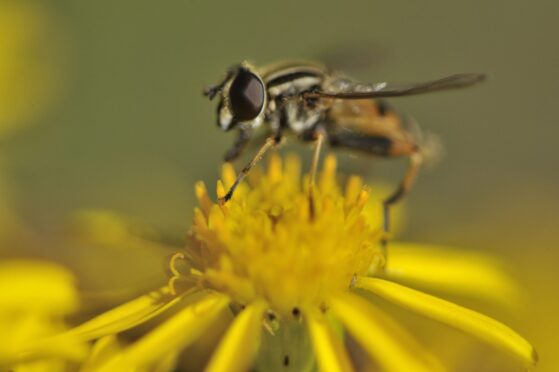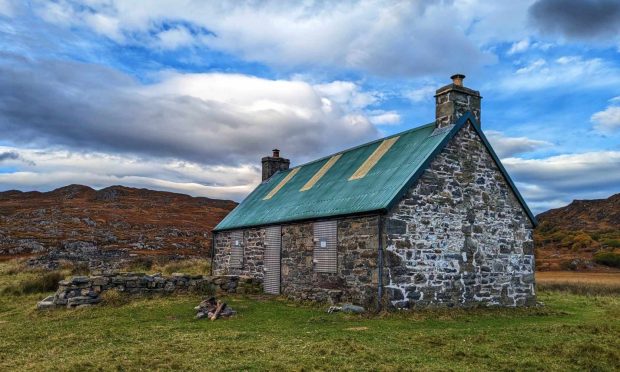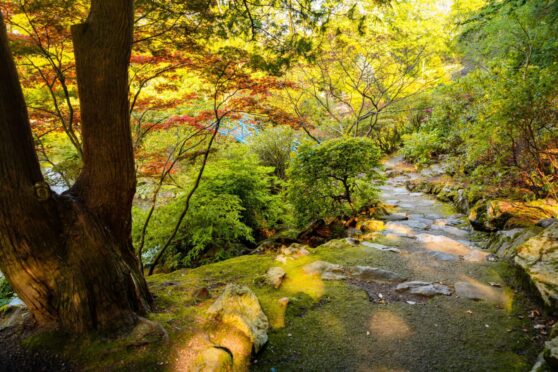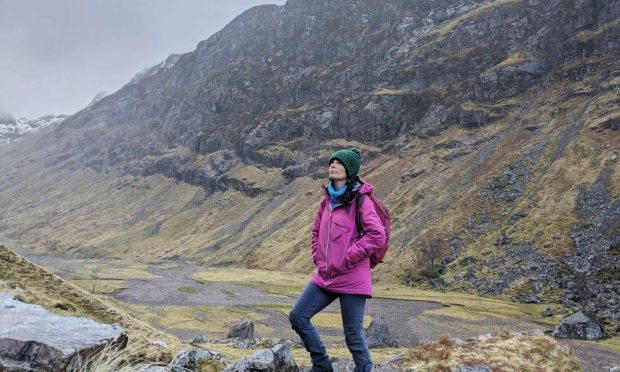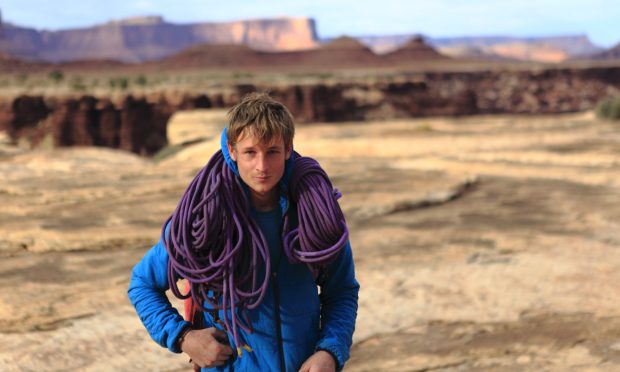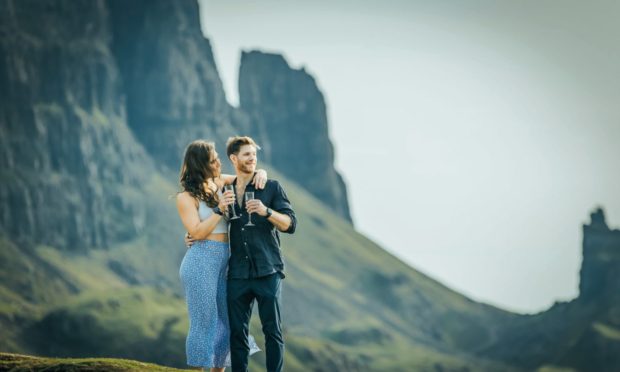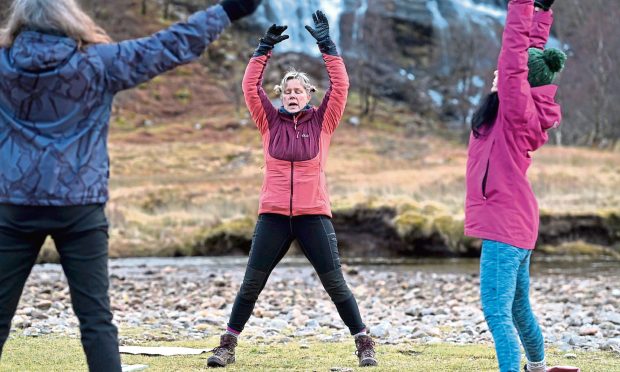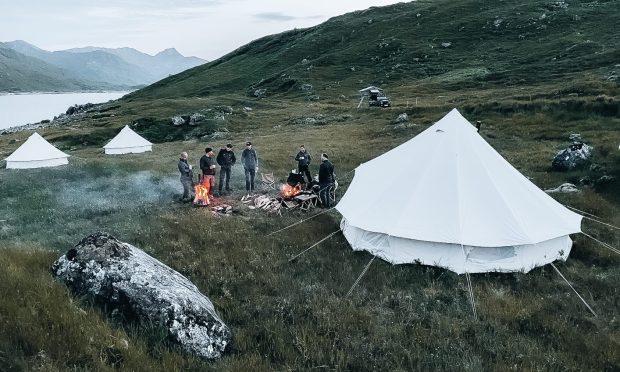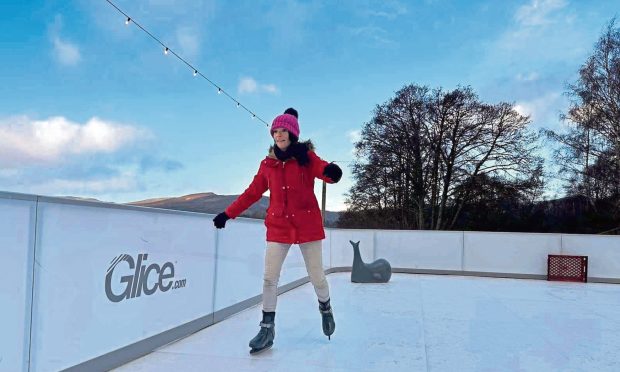You are what you eat, the old maxim goes.
It is important in a mountain setting to carefully consider what food and fluid to pack and consume to maintain energy levels throughout the long and cold days that can be encountered on Scotlands’ Munros.
Going uphill carrying a pack and battling against the elements puts an extra strain on the body. It is important to understand the impact these outside influences can have on the body so that we can recognise the warning signs and employ simple strategies to counter their degrading effects on the body.
Basic Food Requirements
Food is broken down into carbohydrates (primary source of energy), fat (also a primary source of energy), proteins (to repair muscle breakdown) and vitamins and minerals.
Carbohydrates are used by the body first to produce energy. It is found in potatoes, bread, sugar and sweets.
Fats are used second and are found in dairy produce, cooking oils and fats.
Proteins help the body repair and are found in meat, fish and poultry.
Vitamins are essential for skin and eye function and to ward off disease and are found in fruit, veg, cocoa and minerals such as salt, sodium and potassium.
How The Body Uses Food
Energy Giving – The body uses food and fluid to produce energy not only for exercise but also importantly to produce internal body warmth.
Body Building – Helps the body grow and maintains and build muscle
Protection -Prevents rickets scurvy and other lack of adequate nutrition conditions.
Food For Efficiency – In short if you run into a calorie deficient state, even a small one, your efficiency in moving across rough ground will quickly impair your experience.
Fatigue – Early onset fatigue will limit your ability to undertake routes that would otherwise be within your capability.
Listlessness – Because your body will be in the process of conserving what energy it has, peripheral functions will be impaired and as a result a normal easily completed task will become major undertakings.
Instability – Your balance will become affected. Even a slight change in your gait for example may have a profound effect on a complicated ridge or scramble.
Calories – In short, in a cold weather environment more calories are needed. This is because the body must use extra energy to heat and humidify the air we breathe. Extra calorie expenditure is needed to make up the energy used by the body just to raise core temperature.
Fluids – Ensure that plenty of water is consumed with meals and at regular intervals throughout the day.
Most expedition foods and the sort of foods you are likely to pack will more than likely contain trans-fat. It is therefore essential to bolster your water intake.
Remember thirst is a bad indicator of fluid needs. Consume fluids little and often. Aim to consume gradually between 3-5 litres.
Colour of urine is a good way to work out water needs. A light straw colour indicates well hydrated.
Coffee dehydrates you and should be avoided during strenuous hill activities. However, hot fluids are ideal to help with rehydration and help raise body temperature and comfort throughout the day.
You can make your flask go double the distance by adding snow to your mug and filling with hot juice thereby doubling the fluid carried. This is fine when moving and hot but do not do this static, as cool drinks help cool core temperature.
Final thoughts…
External factors such as walking in deep snow and the mere fact that extra items of equipment and warm clothing are carried on the Munros, means more energy will be required for the same task in a warmer clime.
As you can see, grabbing a quick pie from the shop may not cut the mustard if you happen to be stuck out on the hill longer than planned due to accident or emergency.
Not all food is created equal and knowing what fuels you and why it fuels you will help you make sensible choices on what to carry and consume prior to and throughout the day.
Remember a car needs fuel to move the wheels. You are no different.
Have a great Christmas and a Happy New Year and if anyone tells you not have another mince pie remind them you do not see many skinny polar bears!!
